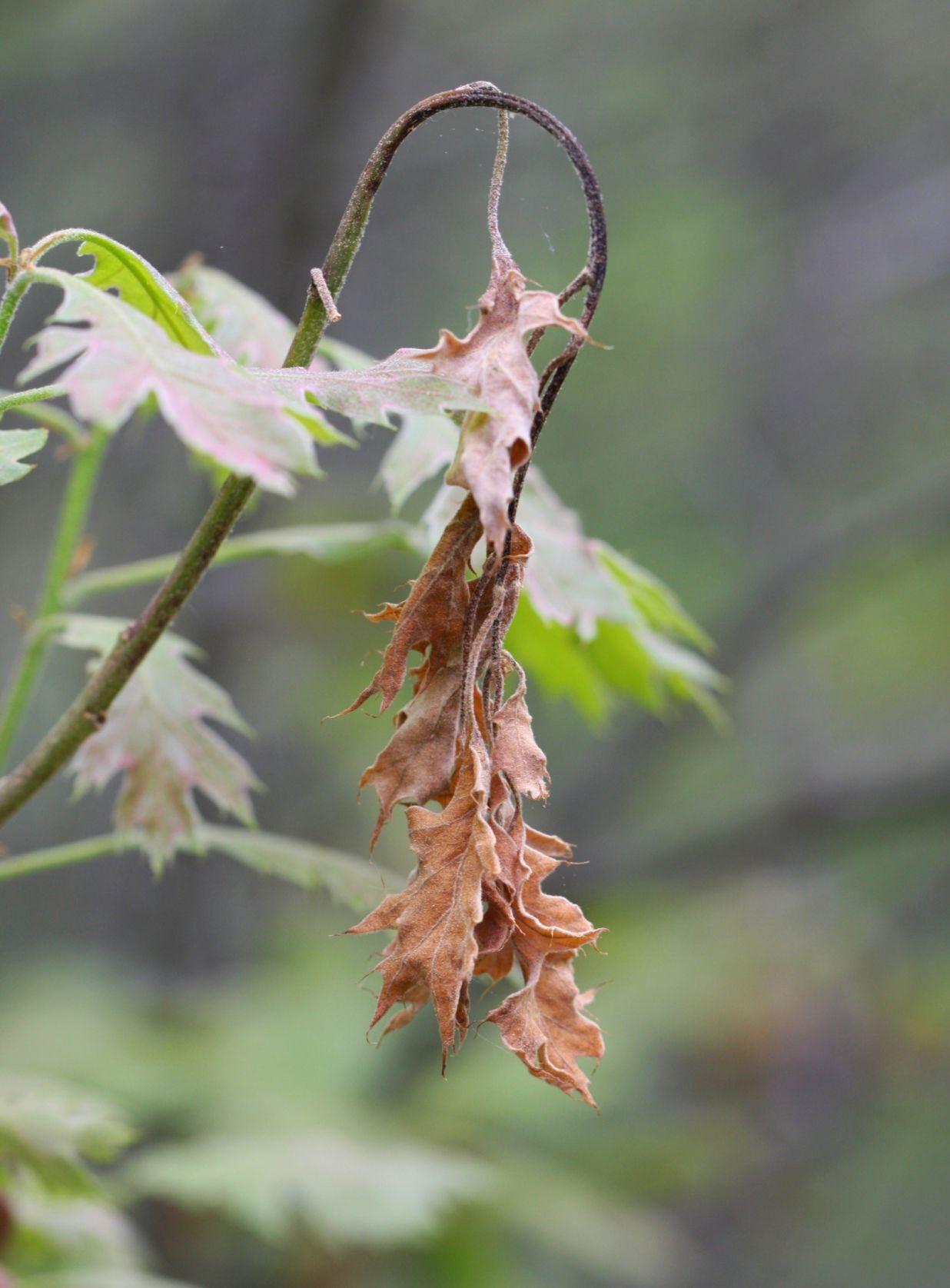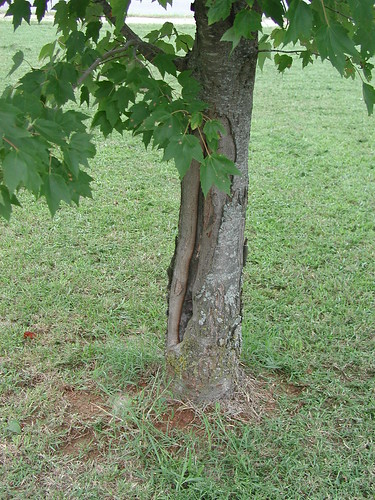Are My Plants Experiencing Frost Damage?
go.ncsu.edu/readext?790671
en Español / em Português
El inglés es el idioma de control de esta página. En la medida en que haya algún conflicto entre la traducción al inglés y la traducción, el inglés prevalece.
Al hacer clic en el enlace de traducción se activa un servicio de traducción gratuito para convertir la página al español. Al igual que con cualquier traducción por Internet, la conversión no es sensible al contexto y puede que no traduzca el texto en su significado original. NC State Extension no garantiza la exactitud del texto traducido. Por favor, tenga en cuenta que algunas aplicaciones y/o servicios pueden no funcionar como se espera cuando se traducen.
Português
Inglês é o idioma de controle desta página. Na medida que haja algum conflito entre o texto original em Inglês e a tradução, o Inglês prevalece.
Ao clicar no link de tradução, um serviço gratuito de tradução será ativado para converter a página para o Português. Como em qualquer tradução pela internet, a conversão não é sensivel ao contexto e pode não ocorrer a tradução para o significado orginal. O serviço de Extensão da Carolina do Norte (NC State Extension) não garante a exatidão do texto traduzido. Por favor, observe que algumas funções ou serviços podem não funcionar como esperado após a tradução.
English
English is the controlling language of this page. To the extent there is any conflict between the English text and the translation, English controls.
Clicking on the translation link activates a free translation service to convert the page to Spanish. As with any Internet translation, the conversion is not context-sensitive and may not translate the text to its original meaning. NC State Extension does not guarantee the accuracy of the translated text. Please note that some applications and/or services may not function as expected when translated.
Collapse ▲It is that wonderful time of the year again! Everything outside is blanketed with a lovely layer of pollen, temperatures are warming, and plants are breaking dormancy! As you are starting to take notice of your landscape, you might be seeing signs of frost damage.
Being able to identify frost damage in plants is helpful because symptoms mimic certain plant diseases. Knowing the difference will dictate how you plan on treating your plant. Identifying frost damage can be tricky, though. This is because frost damage can be something we see when it warms up and not necessarily at the time of freezing events.
After reading this article, I encourage you to go outside and scout your own landscape for frost damage symptoms. Scouting your landscape for damage, disease, and pests will always be a recommended practice.
Frost damage can present itself differently in types of plants found in your landscape. Broadleaf evergreens like rhododendron, azaleas, hollies, laurel, and boxwoods tend to have leaf scorch symptoms after having frost damage. Leaves curl and droop, then brown from the tips and margins, giving the leaves a scorched appearance. The damage happens during the winter months, but you usually do not see the symptoms until spring, when the plant starts actively growing again.

In trees, you can see frost damage symptoms show up as trunk cracking. Sunscald or southwest injury causes cracking in the trunk. Sunscald injury refers to a process in which living cells just inside the outer bark are damaged by day to night temperature fluctuations during the winter months. Symptoms of this include discolored bark and bark cracking. The damage usually occurs on the southwest side of trees. Keep that in mind when you are scouting your trees for frost damage.

Other symptoms of frost damage can include; needles or leaves have yellowing, bronzing, or have turned brown and whole branches looking dead.
In an article written by Minda Daughtry, my counterpart in Lee County, gives great advice on what to do if you have frost damage in your landscape, “After the last chance of frost is past in mid-April, fertilize the plant as it is beginning to grow new tissue. Many plants, especially if they are well established and are of a sturdy species will fill back in damaged areas.
If there is greenwood under the bark up the branch, cut the damaged wood back to the first healthy bud. and trim up dead cracked areas on the trunk.
A general rule is not to prune a plant by more than a third in any given year. This summer pay special attention to managing other stresses to your plants, such as drought and heat stress by providing adequate water and ideal growing conditions.”
For answers to your agricultural questions, call the N.C. Cooperative Extension, Caldwell County Center at 828-757-1290 or visit us online anytime.




